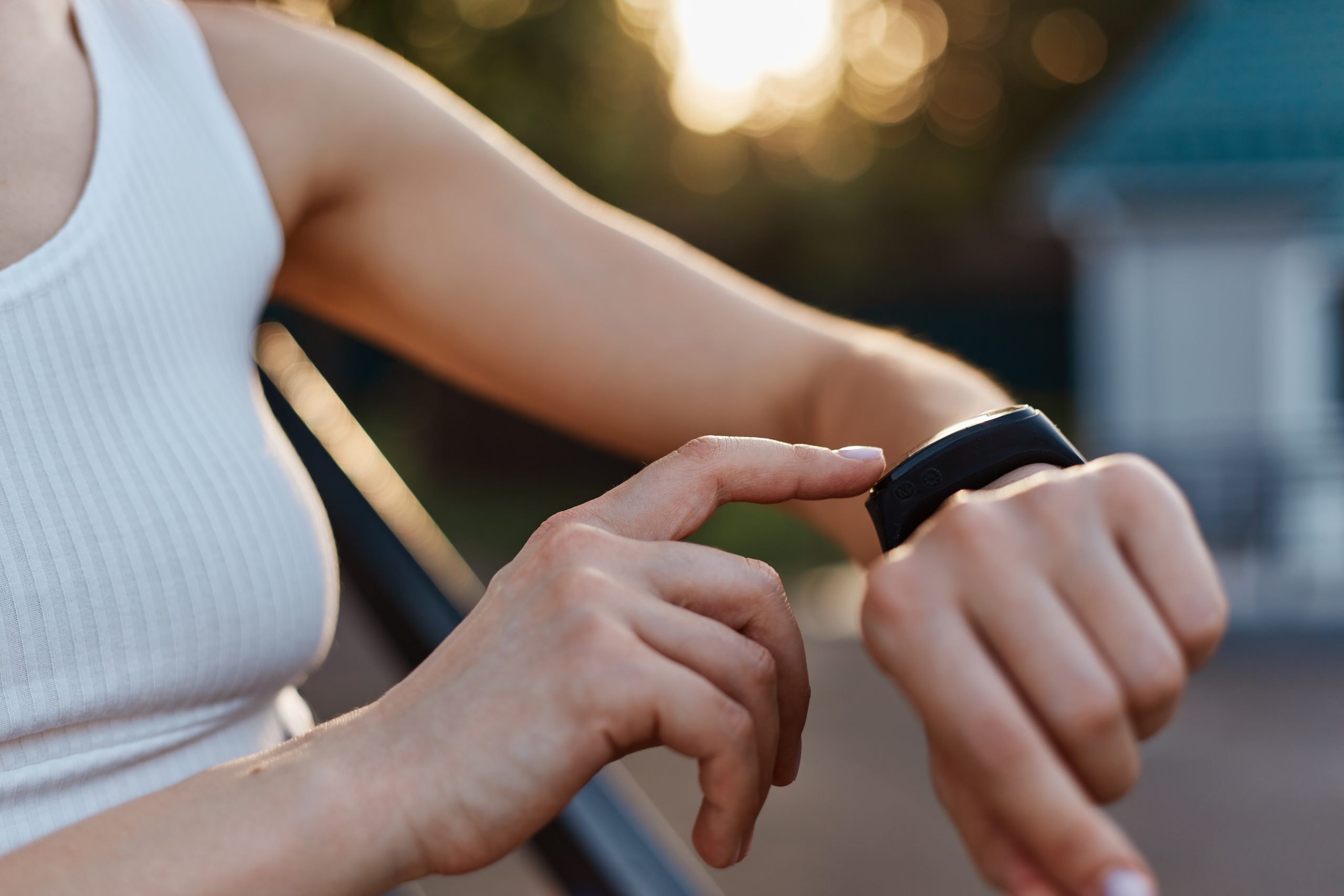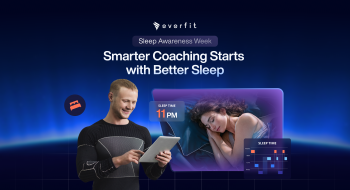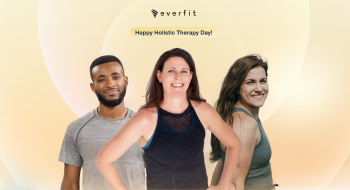In the quest for optimal health and peak performance, both sleep and heart rate are fundamental yet often overlooked components.
Everfit’s Sleep Chart and Heart Rate Tracking features revolutionize how coaches monitor and improve their clients’ overall well-being. By integrating data from third-party apps such as Apple Health, Garmin, Fitbit, and Oura, these powerful tools allow coaches to gain deep insights into their clients’ sleep patterns and heart rates, enabling data-driven decisions to enhance overall wellness.
Here are five essential tips for coaches to leverage Everfit’s Sleep and Heart Rate Tracking features to their fullest potential and help their clients achieve better sleep and improved health.
1. Set Personalized Sleep and Recovery Goals
Collaborate with your clients to set realistic and personalized goals based on their current sleep patterns and lifestyle. Use the “Add Goal” feature to define specific targets for sleep duration and quality while also monitoring heart rate trends for potential areas of improvement.
Start by analyzing your client’s baseline sleep data using the Sleep Chart to identify irregular patterns or insufficient deep sleep. Discuss their habits and lifestyle factors, then set attainable goals like a consistent bedtime or improved sleep quality. Simultaneously, the Heart Rate Chart may highlight elevated resting heart rate, signaling stress or overtraining. By addressing both sleep and heart rate, you can enhance recovery, boost overall wellness, and improve performance.
2. Analyze Sleep Stages and Heart Rate Variability for Deeper Insights
The Sleep Chart and Heart Rate Chart are powerful tools for gaining deeper insights into your client’s recovery and overall health. The Sleep Chart breaks down sleep into different stages—Awake, REM, Core, and Deep—providing a clear picture of how much restorative sleep your client is getting.
Meanwhile, the Heart Rate Chart can be used to monitor heart rate variability (HRV), a key indicator of stress and recovery.
By examining the Sleep Chart, you can identify patterns such as frequent awakenings, insufficient REM sleep, or an imbalance between light and deep sleep stages. If a client’s Sleep Chart shows poor sleep quality and their Heart Rate Chart indicates low HRV, this could suggest that the client is not fully recovering from their workouts or is under significant stress. In such cases, you can work with your client to modify their training intensity, introduce relaxation techniques, or adjust their bedtime routine to improve both sleep quality and heart rate variability.
3. Correlate Sleep and Heart Rate Data with Training Performance
One of the most effective ways to demonstrate the importance of sleep and heart rate tracking is by correlating this data with your clients’ training performance. Start by tracking your client’s sleep duration, sleep quality, and HRV using the Sleep Chart and Heart Rate Chart. Then, compare these metrics with their training logs, noting any patterns where poor sleep or elevated resting heart rate correlates with decreased performance or increased fatigue.

For example, if the Sleep Chart shows a night of poor sleep followed by a day of lackluster training, and the Heart Rate Chart reveals an elevated resting heart rate, you can clearly illustrate to your client how crucial good sleep and effective recovery are to their athletic performance. This tangible evidence can be a powerful motivator for clients to prioritize their sleep and recovery routines.
4. Encourage Consistent Sleep and Recovery Routines
Consistency is key when it comes to sleep and recovery. Use the “Sleep Time” view to track and promote consistent sleep and wake times. Encourage clients to maintain a consistent sleep schedule and stable heart rate, which helps regulate their circadian rhythm for optimal recovery.

Even on weekends or during travel, sticking to their routine is crucial for stabilizing their internal clock, leading to better sleep quality and heart rate stability. By regularly reviewing the Sleep and Heart Rate Charts, you can monitor adherence to these routines, quickly identify any deviations, and provide timely adjustments or encouragement as needed.
5. Use Habit Coaching for Sleep and Heart Rate Management
Habit coaching is a powerful tool for helping clients develop and maintain good sleep hygiene and effective heart rate management practices. With Everfit’s Habit Coaching feature, you can create specific, actionable habits that support both sleep quality and heart rate variability, and then track adherence using the Sleep Chart and Heart Rate Chart.
For instance, you might set habits like “No screens 1 hour before bed” to reduce blue light exposure and improve sleep quality or “Daily relaxation techniques” to help lower resting heart rate and enhance recovery.
Everfit’s Habit Coaching not only allows for personalized habit tracking but also offers reminders, adherence monitoring, and progress tracking. This integrated approach helps clients develop long-term healthy habits that lead to better sleep, improved heart rate stability, and overall enhanced well-being.
For more details on maximizing Habit Coaching, check out Everfit’s Habit Coaching Guide.
Conclusion
Everfit‘s holistic coaching approach, integrating Sleep and Heart Rate Charts, is a game-changer for fitness and wellness coaches, providing a comprehensive view of clients’ sleep patterns and enabling data-driven coaching. By setting personalized goals, analyzing sleep stages and HRV, correlating data with performance, encouraging consistent routines, and leveraging habit coaching, coaches can significantly enhance their clients’ health. Embrace these strategies to unlock the full potential of Everfit’s features and guide your clients toward a healthier, more vibrant life.













